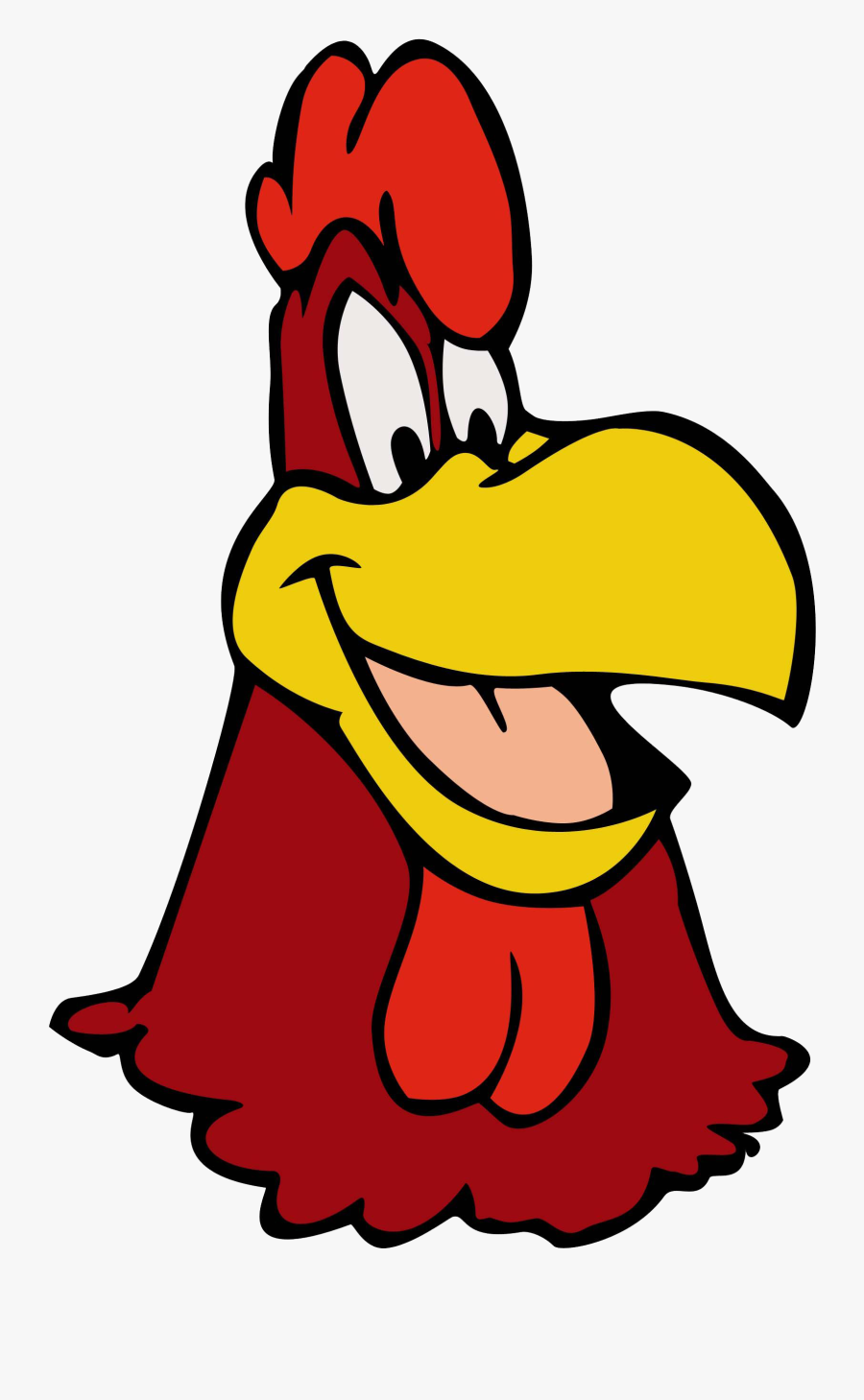I did it! I traded my EVH LBX II for a Dark Terror.
So far I dig it... but I'm still not in love. It definitely needs some work. It *needs* a boost or else it's kinda fuzzy, which I don't mind, but my TS808 thins it out a bit too much. It lacks a bit of low-end punch, and it's quite sizzly. I tried this mod, and it definitely helped, but I wouldn't mind some added low-end power:
I also tried some darker/fatter-sounding tubes in the preamp (Svetlana 12AX7's) with some good old Russian 6P14P-EV's in the power section. Still trying to figure out what to do with it. Don't want to run an EQ in the loop since it's an amp I wanted for its simplicity. My EVH LBX 1 doesn't need a eq (or a boost, for that matter). Still undecided about keeping it. Like I said, I like it, I just don't love it yet.

Any suggestions to get more low-end power out of it?
So far I dig it... but I'm still not in love. It definitely needs some work. It *needs* a boost or else it's kinda fuzzy, which I don't mind, but my TS808 thins it out a bit too much. It lacks a bit of low-end punch, and it's quite sizzly. I tried this mod, and it definitely helped, but I wouldn't mind some added low-end power:
I also tried some darker/fatter-sounding tubes in the preamp (Svetlana 12AX7's) with some good old Russian 6P14P-EV's in the power section. Still trying to figure out what to do with it. Don't want to run an EQ in the loop since it's an amp I wanted for its simplicity. My EVH LBX 1 doesn't need a eq (or a boost, for that matter). Still undecided about keeping it. Like I said, I like it, I just don't love it yet.
Any suggestions to get more low-end power out of it?






Comment